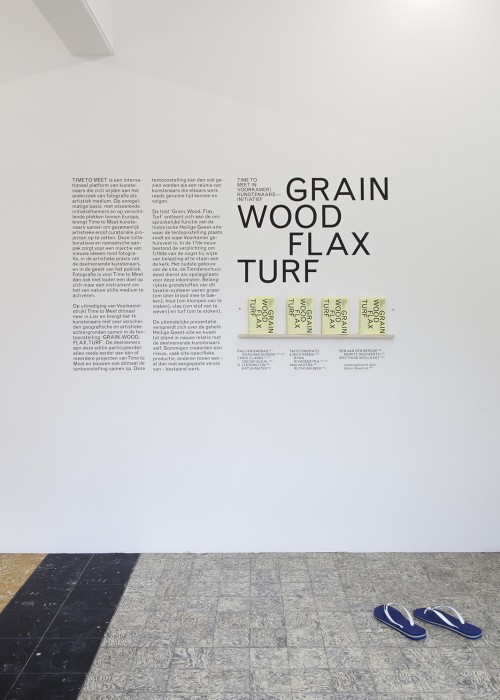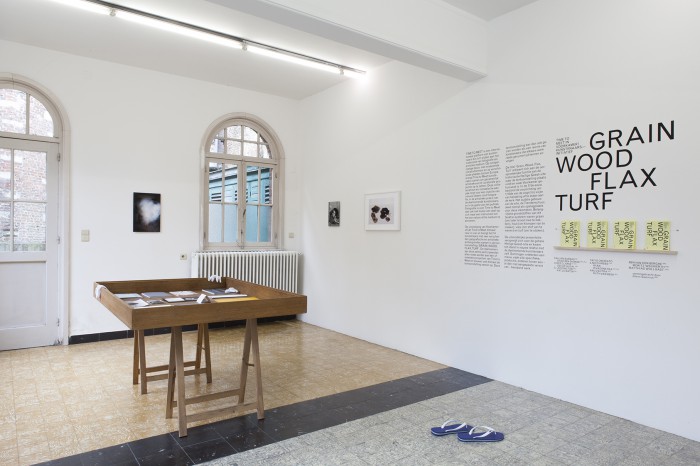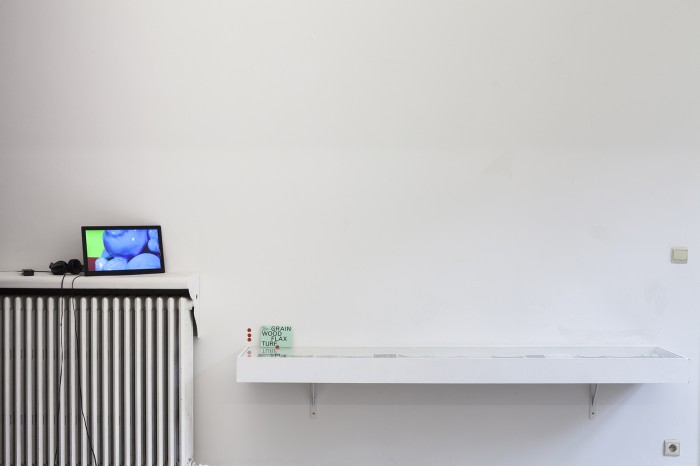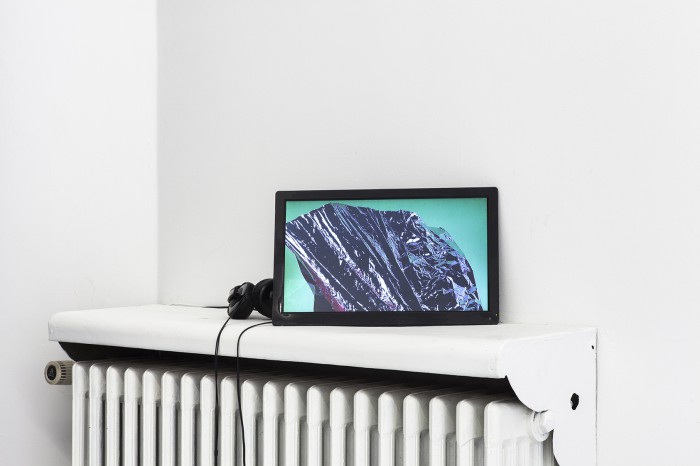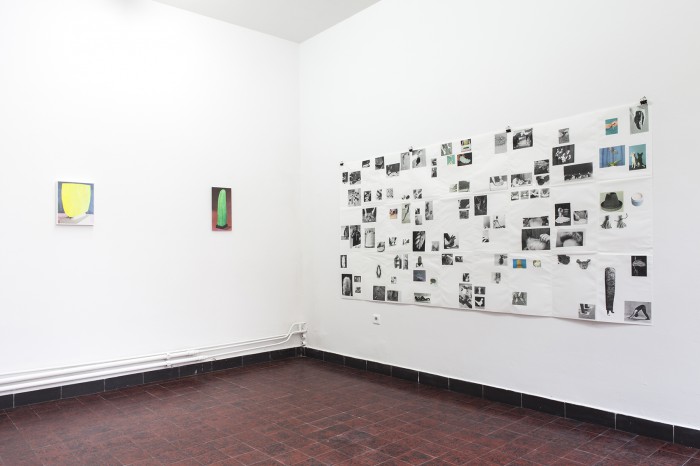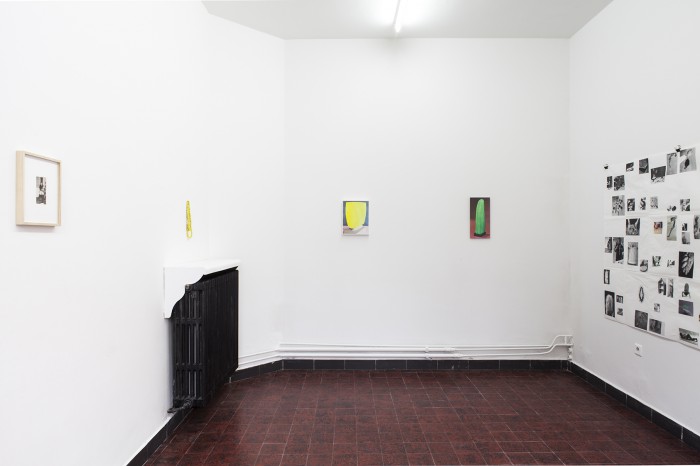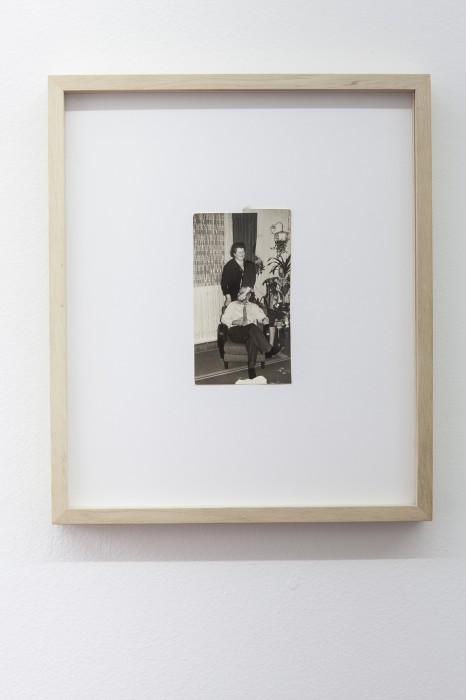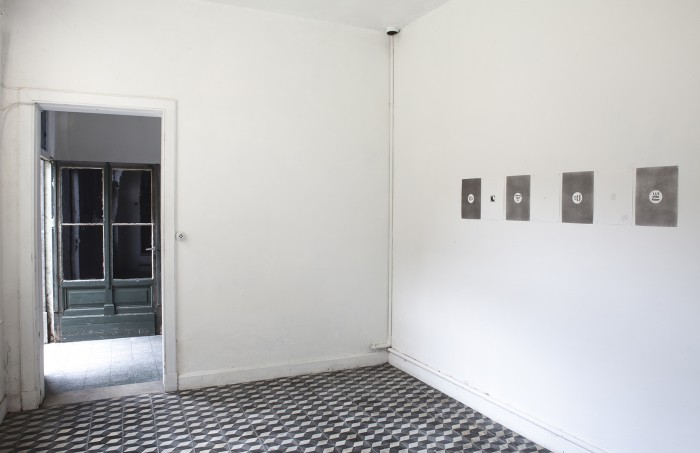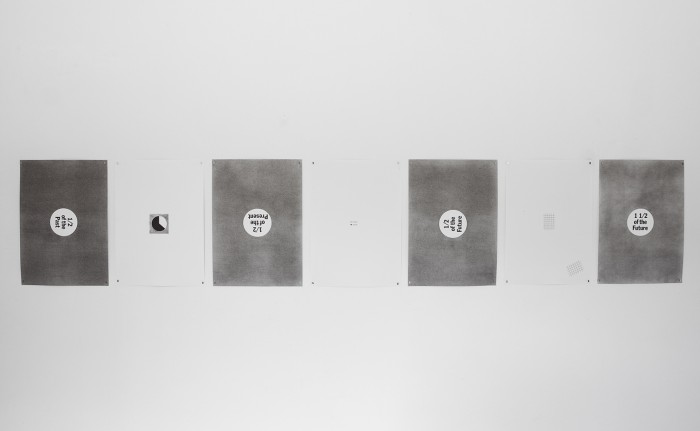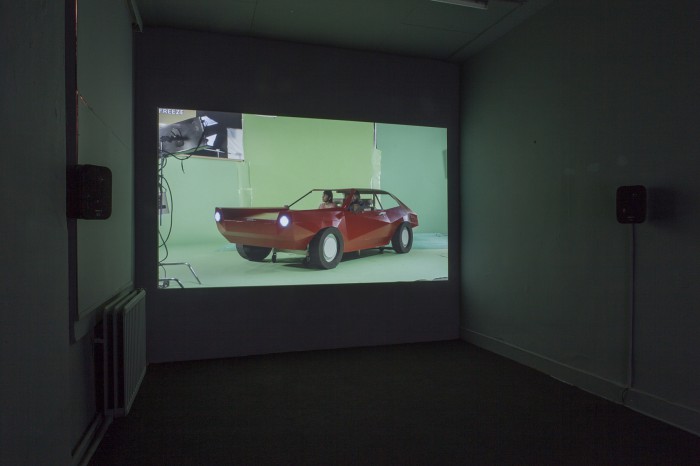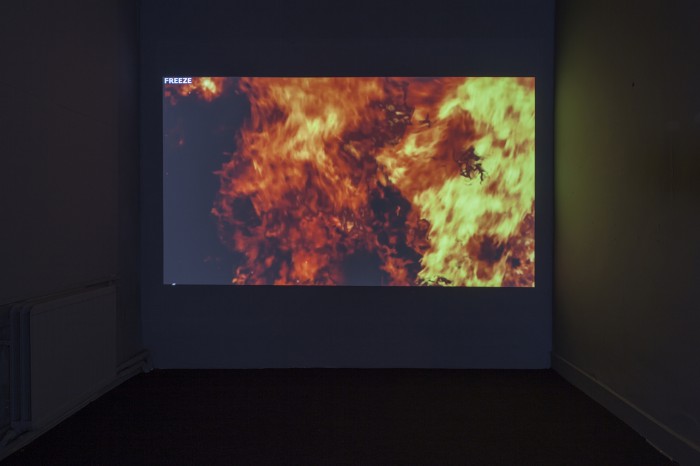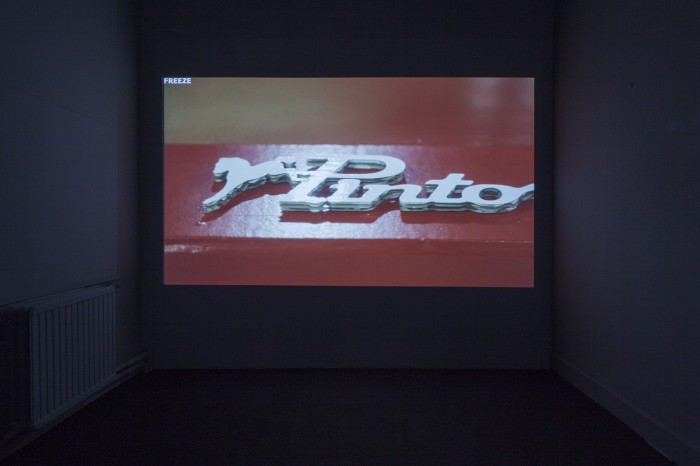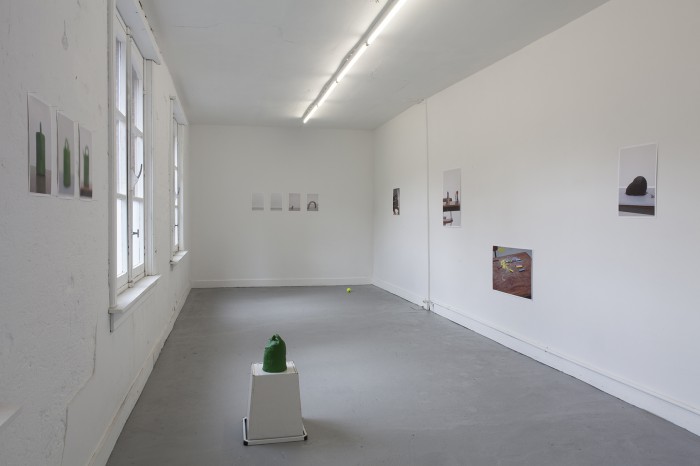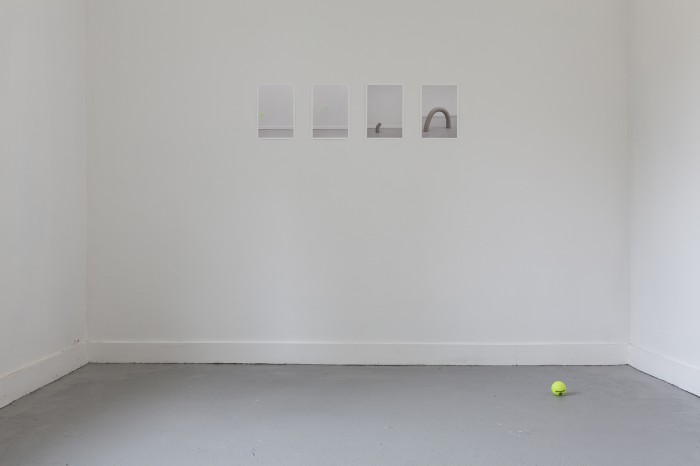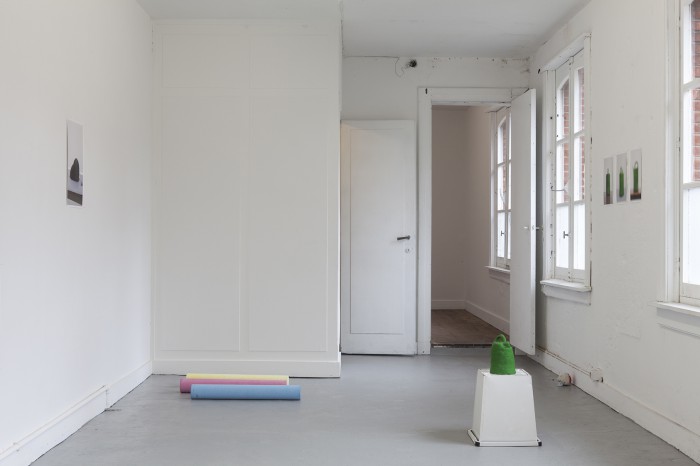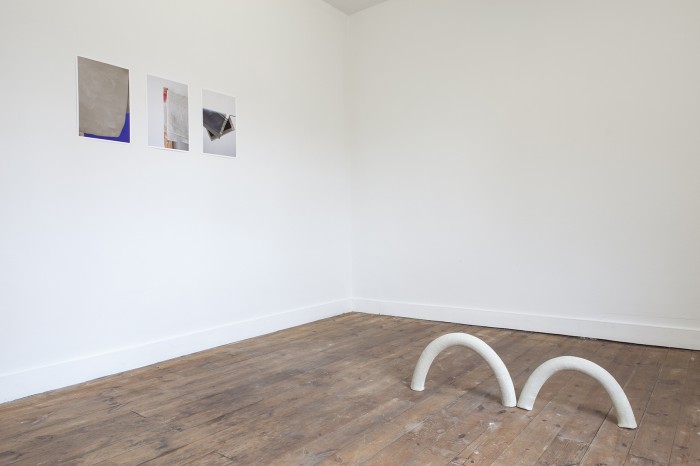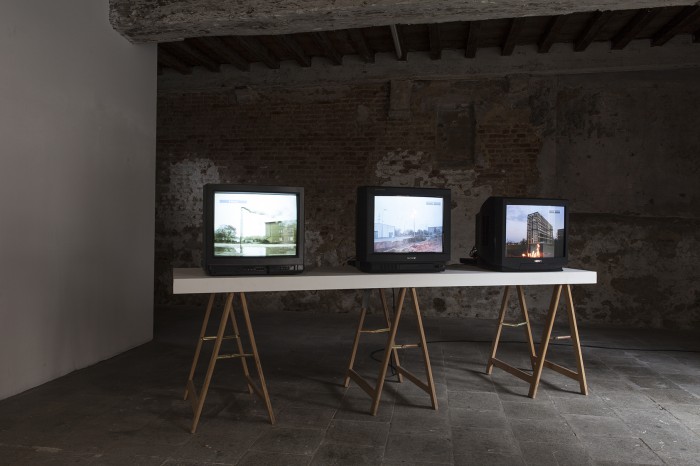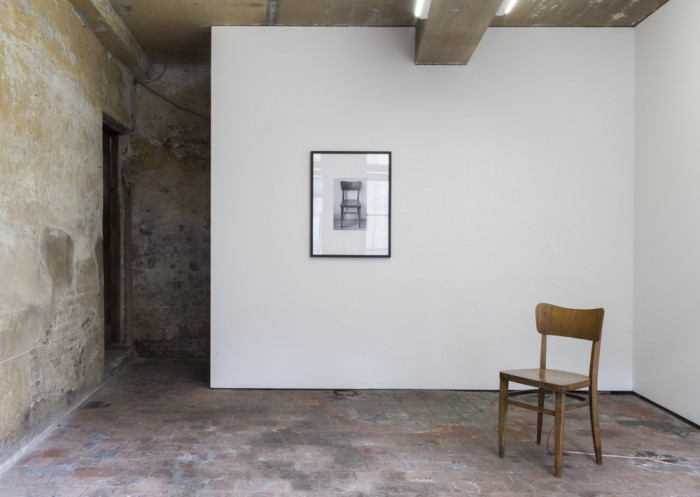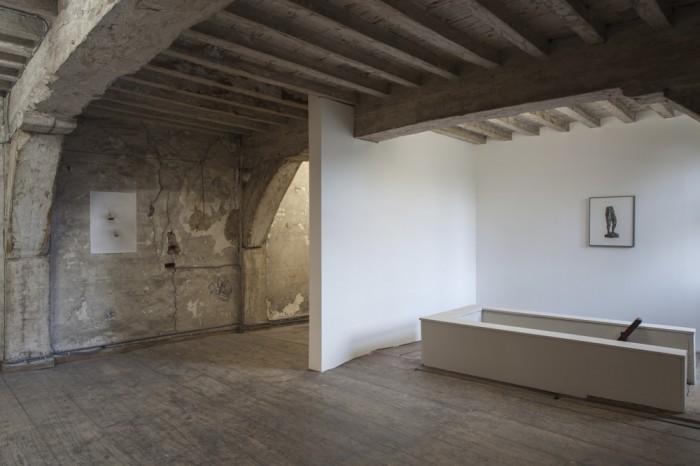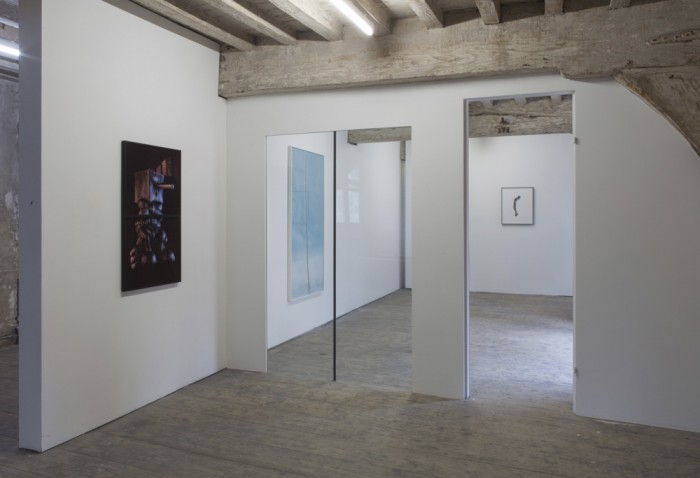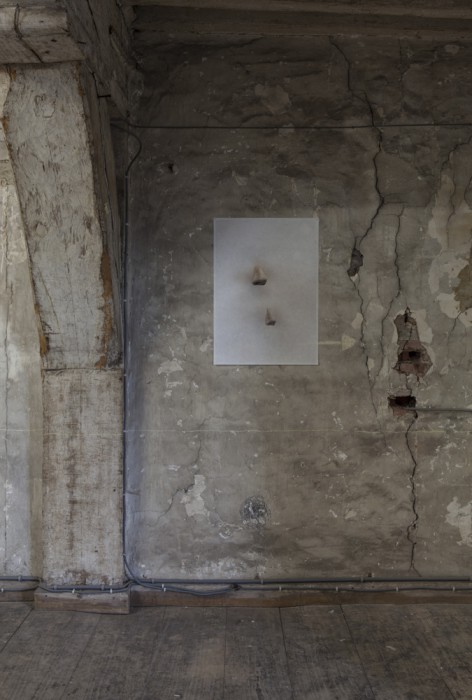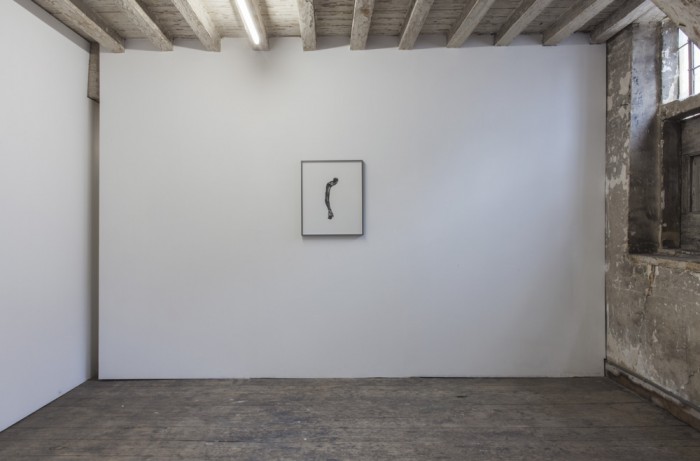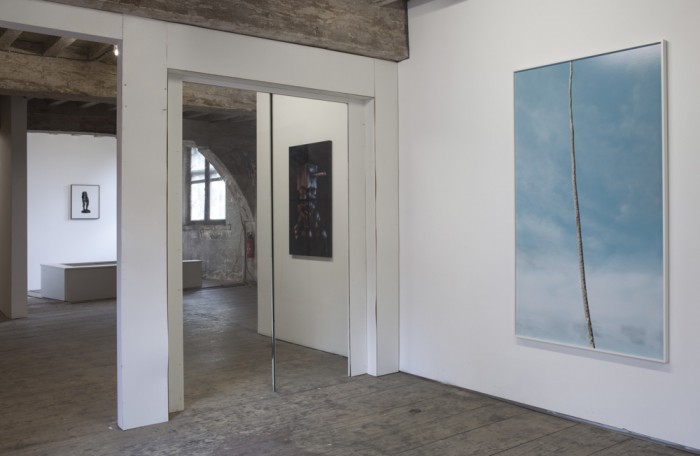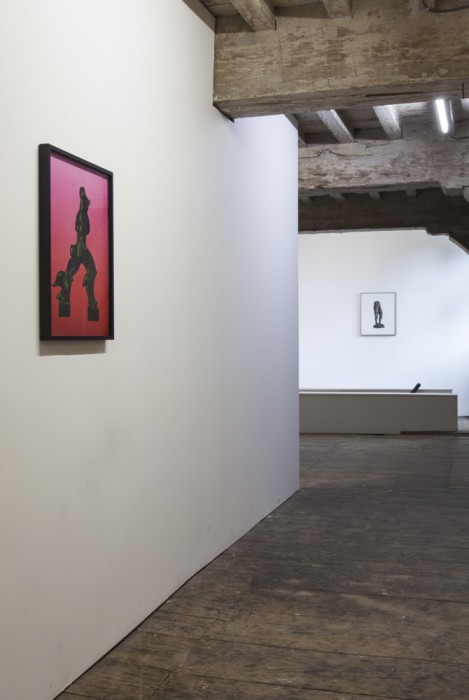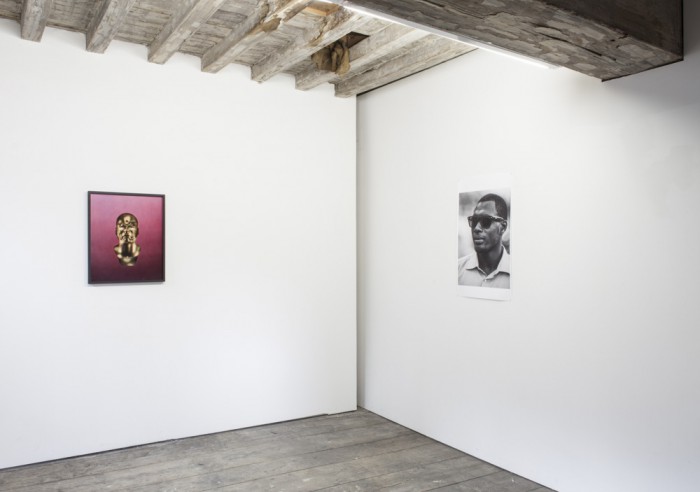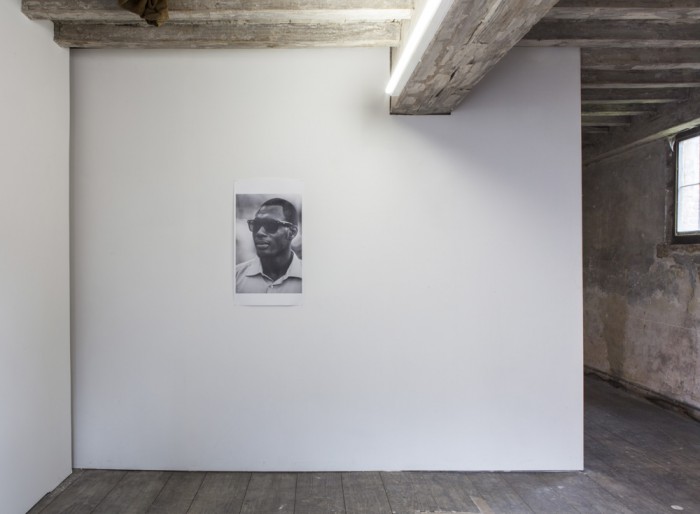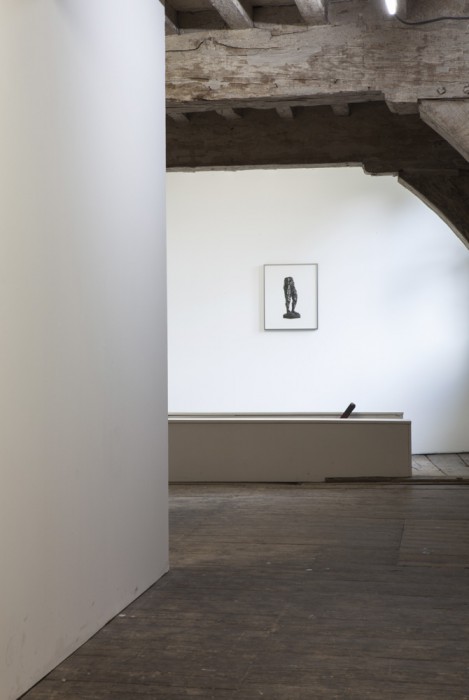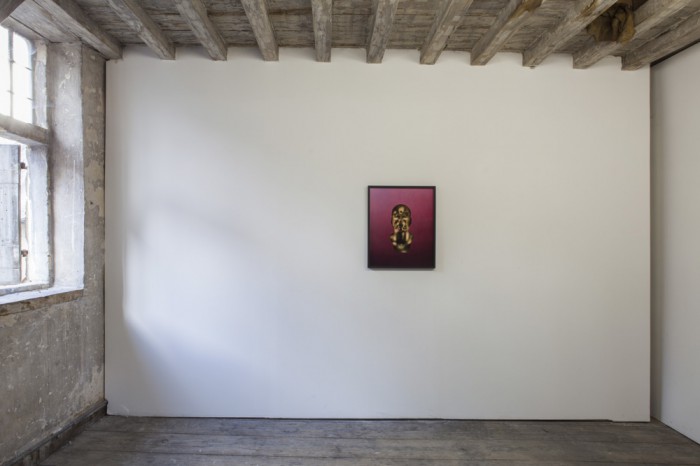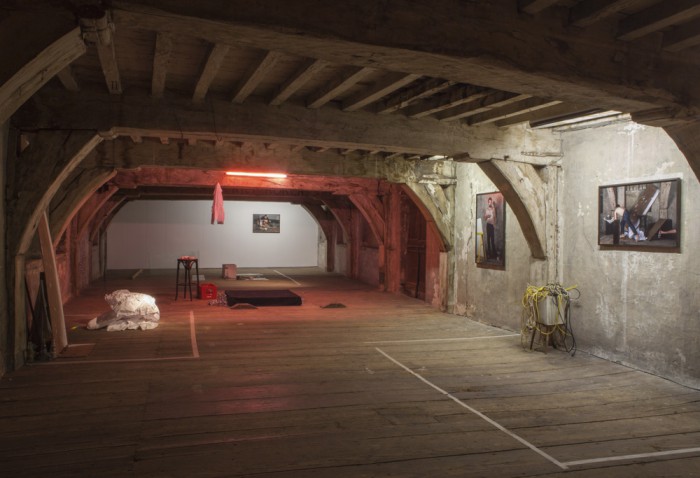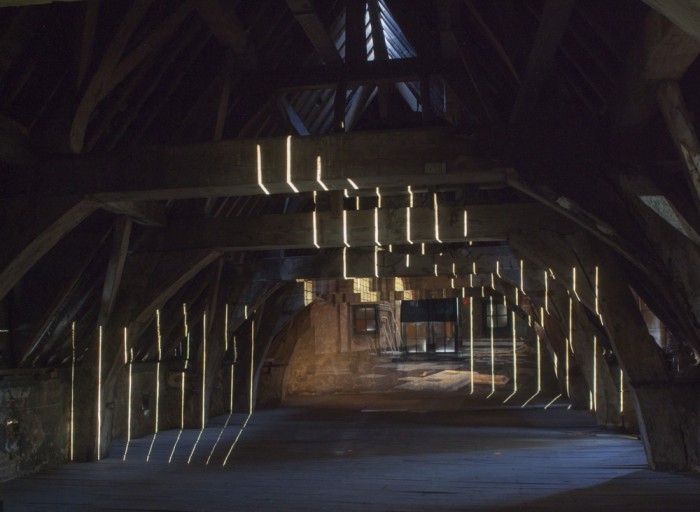TIME TO MEET IN VOORKAMER
PAULIEN BARBAS (NL)
OHAD BEN SHIMON (IS)
CHRIS CLARKE (IE/CA)
OSCAR HUGAL (BE)
G. LEDDINGTON (UK)
KATJA MATER (NL)
TAIYO ONORATO & NICO KREBS (CH)
RYAN RIVADENEYRA (ES/US)
ANU VAHTRA (EE)
RUTH VAN BEEK (NL)
BEN VAN DEN BERGHE (BE)
MORITZ WEGWERTH (DE)
MATTHIAS WOLLGAST (DE)
BROUGHT TOGETHER BY
GLENN GEERINCK (BE)
TIME TO MEET
Time to Meet is an international network of artists dedicated to the investigation of photographic practice. Through a range of artistic, critical and curatorial projects, Time to meet is interested in the exploration of the medium of photography and its attendant issues of representation, objectivity and authenticity. These projects may include, but are not limited to the use of photography as an artistic medium itself. Our intention is to regularly bring together various practitioners in different disciplines as part of Time to meet's commitment to photographic discourse and debate. We feel that this collaborative, nomadic approach is necessary to encourage and inject new ideas and contexts into the practice. A free and open exchange of positions is imperative in Time to meet's continuing adaptability to a progressive and ever-shifting medium.
At the invitation of the artists initiative Voorkamer, Time to Meet lands in the provincial town of Lier and brings together 13 artists from different artistic and geographical backgrounds for the exhibition ‚Grain, Wood, Flax, Turf’. Since all of the contributors in this edition have participated in one or more previous projects with Time to Meet, this exhibition is also a reunion of artists whom been following each other for several years.
GRAIN, WOOD, FLAX, TURF
The title of the exhibition ‚Grain, Wood, Flax, Turf’ finds its origin within the historical site where the exhibition will take place and where Voorkamer is housed: 'The Holy Ghost Site’. In the 17th century people were obliged to pay 1/10th of their harvest as taxes to the church. The church would then (partly) share these incomes with the poor. The oldest building of the site dates back to 1608 and functioned as a warehouse for the goods and earnings of this 1/10th tax-system. The main products and raw materials that were stored were grain (to bake bread), wood (to make clogs), flax (to make linen) and turf (to heat).
The resulting presentation spreads out over the whole Holy Ghost Site and is made in close collaboration with the artists themselves. Some of them have created new, often site specific, works, while other participants are showing - and adapting versions of - existing work.
For the occasion of the exhibition, Voorkamer and Time to Meet present an edition of postcards by the participating artists.

